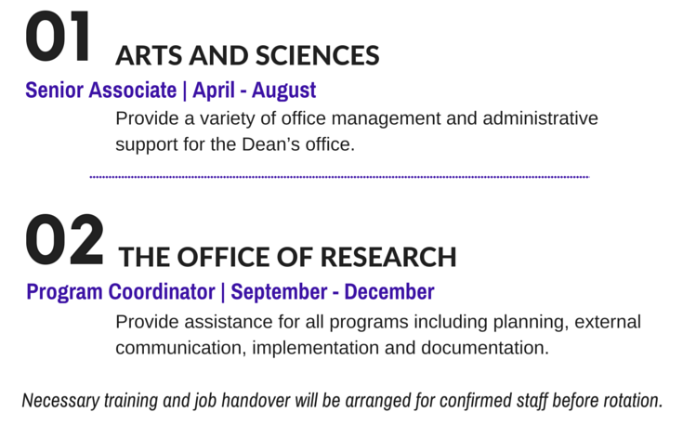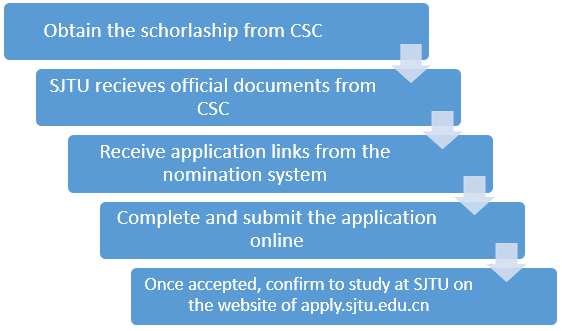Unlocking Opportunities: A Comprehensive Guide to Educational Loan Finance for Aspiring Students
Guide or Summary:Educational Loan FinanceTypes of Educational LoansApplying for Educational LoansRepayment OptionsEducational Loan FinanceIn today's competi……
Guide or Summary:
Educational Loan Finance
In today's competitive world, pursuing higher education is more important than ever. However, the rising costs of tuition and related expenses can be a significant barrier for many students. This is where educational loan finance comes into play, providing the necessary financial support to help students achieve their academic goals.
Educational loan finance refers to the various types of loans available specifically for students seeking to further their education. These loans can cover tuition fees, textbooks, living expenses, and other related costs. Understanding the ins and outs of educational loan finance is crucial for students and their families to make informed decisions about their financial futures.
Types of Educational Loans
There are primarily two types of educational loans: federal loans and private loans. Federal loans are funded by the government and typically offer lower interest rates and more flexible repayment options. Some popular federal loans include Direct Subsidized Loans, Direct Unsubsidized Loans, and PLUS Loans for graduate students and parents.

On the other hand, private loans are offered by banks, credit unions, and other financial institutions. These loans may have varying interest rates, terms, and repayment options. Students should carefully compare the terms of private loans against federal loans, as private loans often lack the borrower protections that federal loans provide.
Applying for Educational Loans
The process of applying for educational loan finance can seem daunting, but understanding the steps involved can make it more manageable. The first step is to fill out the Free Application for Federal Student Aid (FAFSA), which determines eligibility for federal financial aid, including grants, work-study, and loans.
Once the FAFSA is submitted, students will receive a Student Aid Report (SAR) detailing their expected family contribution (EFC) and eligibility for various types of financial aid. Based on this information, students can then explore their options for federal loans and, if necessary, private loans.

Repayment Options
Repaying educational loans is a significant consideration for students and graduates. Federal loans typically offer several repayment plans, including Standard Repayment, Graduated Repayment, and Income-Driven Repayment plans. Each plan has its own terms and conditions, allowing borrowers to choose the one that best fits their financial situation.
Private loans may have different repayment options, and borrowers should carefully review the terms before committing. It is essential to understand the implications of deferment, forbearance, and the potential for loan forgiveness, especially for federal loans.
In conclusion, educational loan finance is a vital resource for students aiming to achieve their educational aspirations. By understanding the types of loans available, the application process, and repayment options, students can navigate the financial landscape of higher education more effectively.

Investing in education is an investment in one's future, and with the right financial tools, students can unlock opportunities that lead to personal and professional growth. Whether through federal loans, private loans, or a combination of both, educational loan finance can help pave the way for a brighter future.